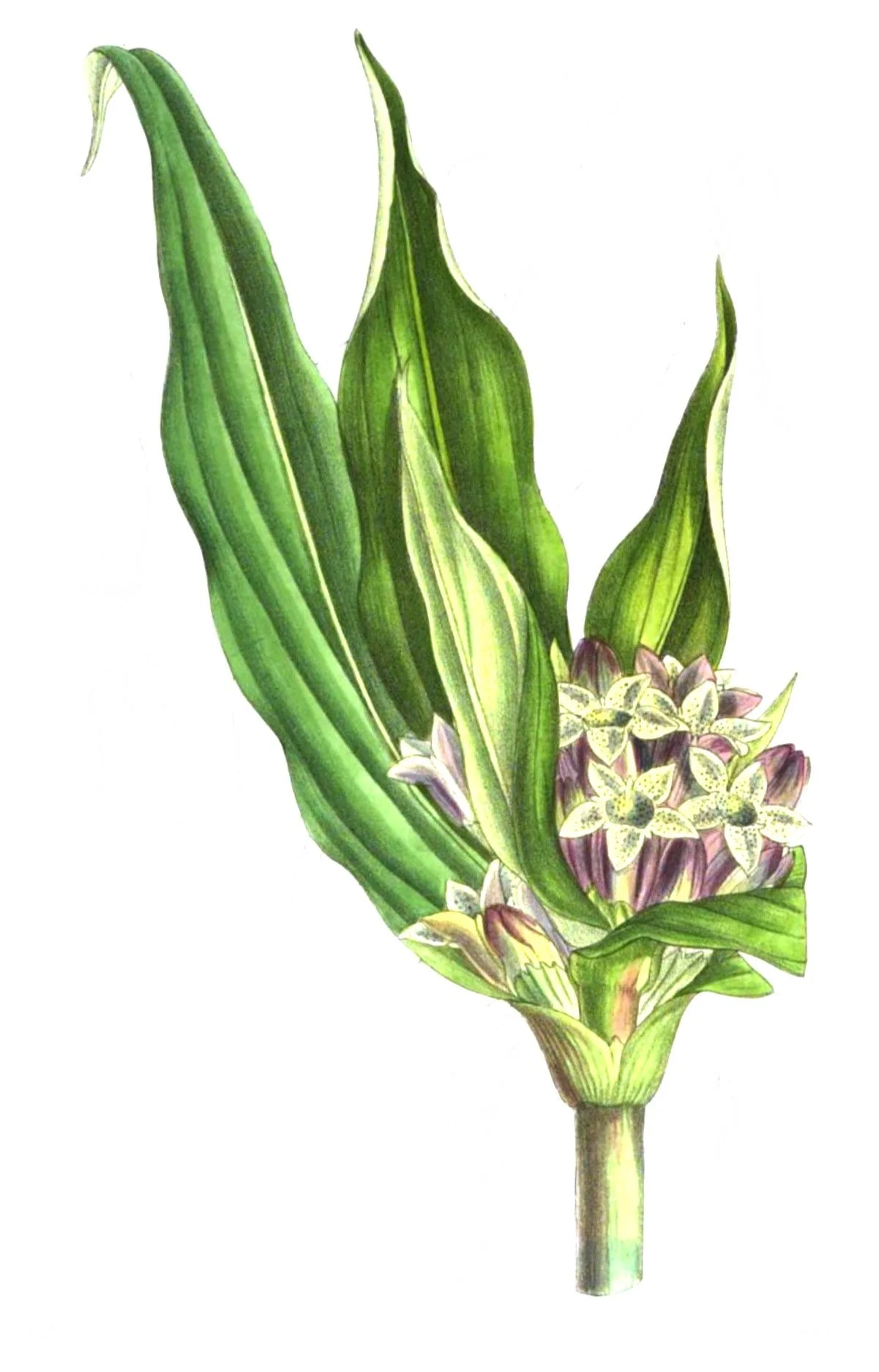Tibetan Gentian
Tibetan Gentian
TIBETAN GENTIAN SEEDS
Gentiana tibetica
Gentian root is one of our most ancient and valuable medicinals. The genus of Gentiana is large, boasting some 400 species, and representatives can be found on virtually every continent (probably even Antarctica.. because there ARE plants beneath all that ice). Collectors of Alpine species especially value the bright blue flowers of G. acaulis and G. paradoxa, among many others.
The species most common to Western herbal medicine is Yellow Gentian, G. lutea, which is native to the mountains of central and southern Europe. In the wild it has been nearly extirpated, though it is now relatively common in cultivation. We find this species challenging to germinate and nearly impossible keep happy here in the Northeast. We've long given up on growing it.
Tibetan Gentian is a medicinal species from the Himalayas. Like G. lutea, tincture of the dried roots produces a valuable bitter tonic. Common to Traditional Chinese Medicine, where it is used to treat damp heat, dry constipation and jaundice. In addition, the flowers are valued in Tibetan traditional medicine as an antipyretic and analgesic, and in the treatment of diverse afflictions, including wounds, arthritis, pulmonary tuberculosis and hepatitis. Extractives of the flowers contain unique triterpenoides, gentiopicroside, ursolic acids, and daucosterol. I dare say that this is perhaps the superior medicinal Gentian.
Mercifully, this species is relatively easy to germinate and to grow in most gardens. It is quite hardy given proper drainage, and adaptable to most soils so long as they are not soggy. Seeds may be sown in flats in spring. Press seeds into moist soil, barely covering with additional soil or fine vermiculite, and mist generously with cool water. Kept moist at cool room temperature in bright light, seeds begin to germinate within a week or two. Germination may be erratic, but is far more reliable than other Gentiana species that we've grown. Fertilize weekly with dilute seaweed extract, but do not overwater.
Seedlings should be hardened off and transplanted into very well-drained soil in full sun around the date of the last spring frost. Space generously, around 1' apart. Water just until established.
Tibetan Gentian is somewhat awkward in the landscape. From a large basal rosette of big strappy leaves erupts a 2' stem topped with another rosette into which a cluster of comparatively inconspicuous tubular flowers is tucked. These flowers will usually appear in the second and subsequent years, rarely in the first. This is a plant best grown for medicinal purposes, as its ornamental value, at least in the broad scheme of things, is most certainly debatable.
Gardening artists may be interested to know that the very fine soot of this species was valued in the production of inks used for painting traditional Tibetan thangkas. No part of this useful species need go to waste!
Packet contains at least 100 seeds.
